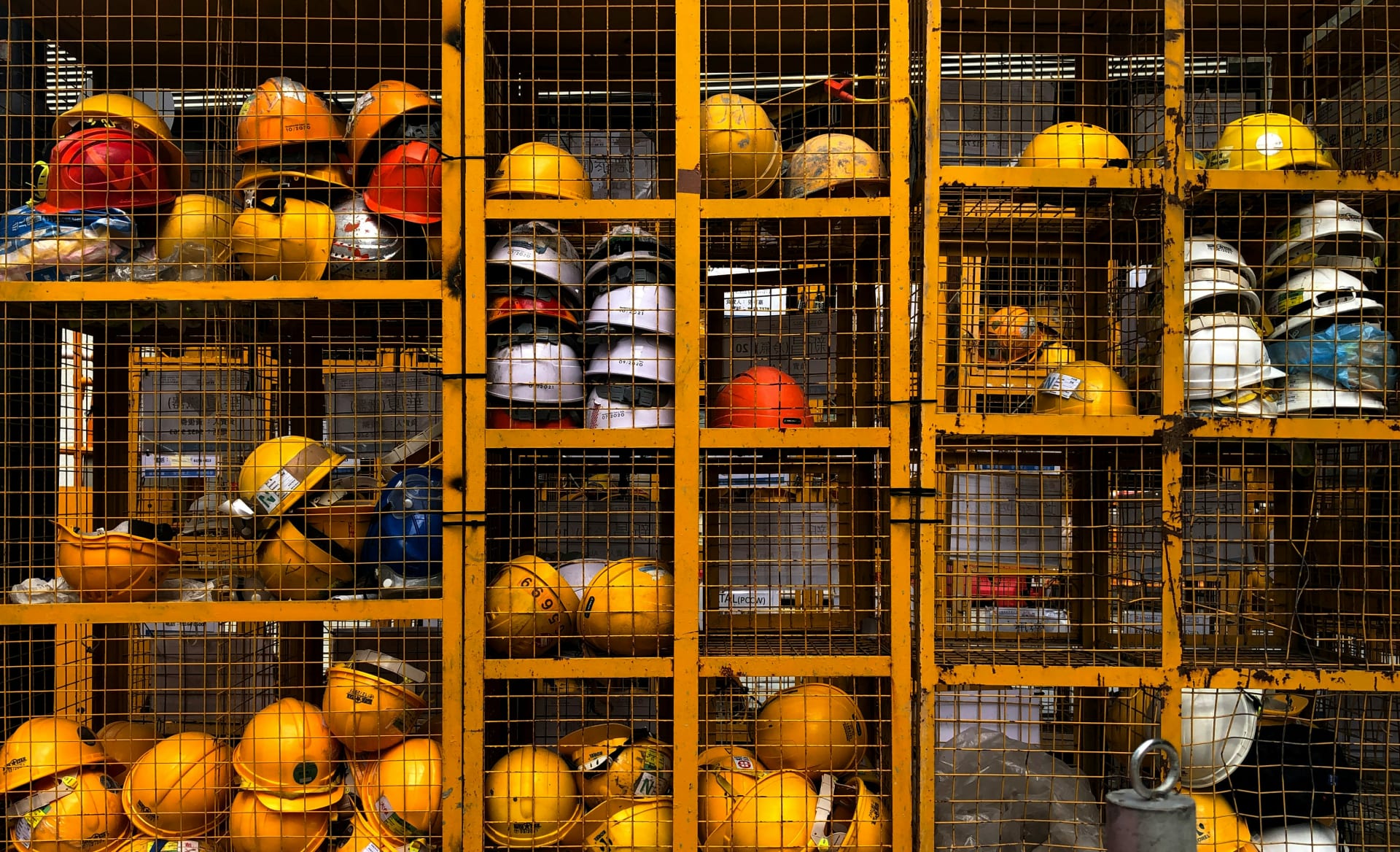Warehouse safety is a crucial aspect of any business operation, directly affecting productivity, employee morale, and financial stability. Implementing robust safety measures not only ensures compliance with health and safety regulations but also fosters a secure working environment. This guide will explore various strategies to enhance warehouse safety effectively.
Conduct Regular Risk Assessments
Regular risk assessments are essential for identifying potential hazards in the warehouse. This process involves evaluating the entire facility to pinpoint risks and implementing measures to mitigate them. Ensure you:
- Review past incident reports to identify recurring issues.
- Consult with employees to gain insights into potential hazards.
- Update risk assessments periodically to address new challenges.
By proactively identifying and addressing risks, you create a safer environment for your employees.
Implement Comprehensive Training Programs
Training is the cornerstone of warehouse safety. Employees must be well-versed in safety protocols and procedures to minimise accidents. Consider the following steps:
Initial Training: Provide new employees with thorough training on safety procedures, equipment usage, and emergency protocols.
Ongoing Training: Regularly update employees on new safety practices and refresh their knowledge through workshops and drills.
Specialised Training: Offer specialised training for tasks that involve significant risks, such as operating heavy machinery or handling hazardous materials.
Investing in comprehensive training programs ensures that all employees are prepared to handle potential hazards effectively.
Promote a Safety-First Culture
Cultivating a safety-first culture within the warehouse is vital. This culture should permeate every level of the organisation, from management to entry-level employees. Encourage a safety-first mindset by:
Leading by example: Management should consistently demonstrate a commitment to safety.
Recognising and rewarding safe practices: Acknowledge employees who adhere to safety protocols to reinforce positive behaviour.
Encouraging open communication: Create an environment where employees feel comfortable reporting safety concerns without fear of repercussions.
A strong safety culture empowers employees to take responsibility for their own safety and that of their colleagues.
Utilise Safety Equipment and Technology
Modern safety equipment and technology can significantly reduce the risk of accidents in the warehouse. Invest in:
Personal Protective Equipment (PPE): Ensure all employees have access to necessary PPE, such as helmets, gloves, and high-visibility clothing.
Automated Systems: Implement automated systems and research equipment such as the best pallet trucks for tasks such as lifting and transporting heavy goods to minimise manual handling risks.
Safety Barriers and Signage: Install barriers to protect employees from dangerous areas and use clear signage to indicate potential hazards.
Utilising the latest safety equipment and technology can greatly enhance overall warehouse safety.
Maintain Clean and Organised Workspaces
A clean and organised warehouse is inherently safer. Clutter and disorganisation can lead to accidents, such as slips, trips, and falls. Maintain a tidy workspace by implementing a regular cleaning schedule to keep floors and work areas free of debris, ensuring that all tools and equipment are stored properly when not in use, and clearly marking walkways and storage areas to prevent obstructions.
An organised workspace reduces the likelihood of accidents and improves overall efficiency.
Regularly Inspect and Maintain Equipment
Faulty equipment is a significant hazard in any warehouse. Regular inspections and maintenance are crucial to ensure that all machinery and tools are in good working order. Implement a maintenance schedule that includes:
Routine Inspections: Check equipment regularly for signs of wear and tear.
Preventive Maintenance: Perform regular maintenance to prevent equipment failures.
Repairs and Replacements: Promptly repair or replace damaged equipment to avoid accidents.
Regular equipment maintenance helps prevent unexpected breakdowns and ensures a safe working environment.
Establish Clear Safety Procedures
Clear and concise safety procedures are essential for preventing accidents. Develop and implement procedures for:
Emergency Situations: Outline steps for responding to fires, chemical spills, and other emergencies.
Daily Operations: Create standard operating procedures for routine tasks, emphasising safe practices.
Incident Reporting: Establish a clear process for reporting and investigating accidents and near-misses.
Well-defined safety procedures provide employees with the guidance they need to perform their tasks safely.
Encourage Employee Involvement
Involving employees in safety initiatives fosters a sense of ownership and responsibility. Encourage involvement by:
Creating Safety Committees: Form committees that include representatives from different departments to discuss and address safety issues.
Soliciting Feedback: Regularly ask employees for feedback on safety practices and listen to their suggestions for improvements.
Engaging in Safety Drills: Involve employees in safety drills to ensure they are prepared for emergencies.
Employee involvement enhances the effectiveness of safety measures and promotes a collaborative approach to workplace safety.
Monitor and Review Safety Performance
Monitoring and reviewing safety performance is crucial for continuous improvement. Implement systems to track safety incidents and near-misses, analyse data to identify trends and areas for improvement, and regularly review and update safety policies and procedures.
Continuous monitoring and review help you stay ahead of potential risks and ensure that safety measures remain effective.
Improving warehouse safety is an ongoing process that requires commitment and vigilance. By conducting regular risk assessments, providing comprehensive training, fostering a safety-first culture, utilising modern equipment, maintaining clean workspaces, and involving employees, you can create a safer warehouse environment. Regular monitoring and review will help you adapt to new challenges and maintain high safety standards, ensuring the well-being of your employees and the success of your business.









